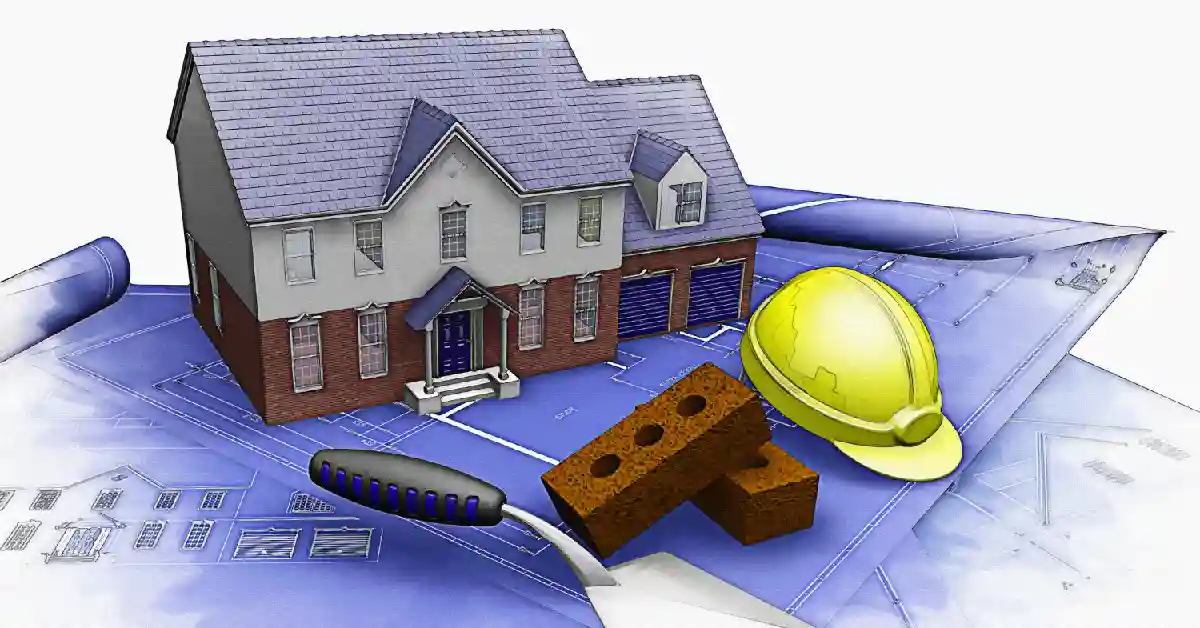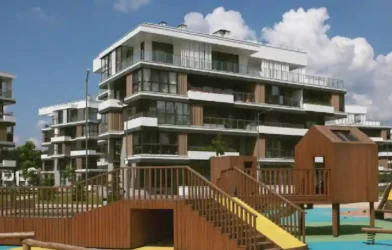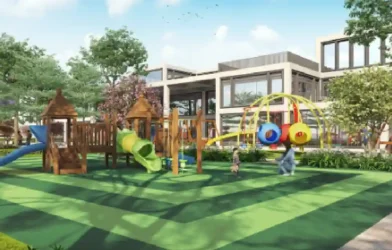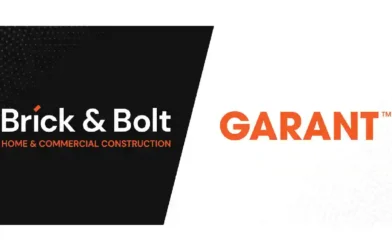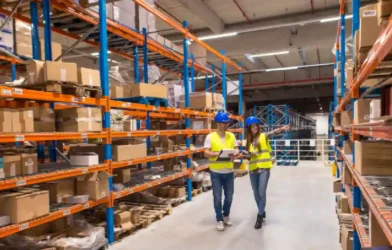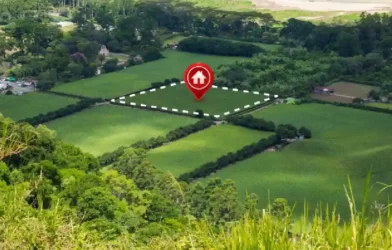Subtotal ₹0.00
Over the last 20 years of its operations, Delhi Metro, the lifeline of the capital’s residents, has established itself as the most reliable and efficient mass transport system in Delhi-NCR. With about 400 km of operational track on 12 different lines, it serves 6 million people of Delhi, Noida, Ghaziabad, Gurugram, Faridabad, Bahadurgarh, and Ballabgarh across 3 states. Delhi Metro’s vast network connects key residential, commercial, educational, healthcare, and retail hubs in the NCR, besides integrating other modes of transport systems like railways and inter-state bus services.
Tackling the challenge of Covid-induced revenue loss, Delhi Metro is now successfully embarking
on the next phase of expansion with 3 new upcoming corridors to further boost mobility. In this interview with Torbit Realty, Anuj Dayal, Principal Executive Director, Corporate Communications, Delhi Metro Rail Corporation (DMRC) talks about its expansion plans to enhance mobility, a challenge to cut down revenue losses, and the means( including property development ) being adopted by it to boost non-fare revenue. Excerpts
How do you look back at Delhi Metro’s operations during its 20 years journey?
DMRC’s 20-year-long journey has been quite eventful and full of milestones. DMRC started its operations in December 2002 with an 8.4 km long corridor between Shahdara and Tis Hazari.. Today, Delhi Metro has come a long way to reach an operational network of 391 km spanning 286 stations spread across Delhi-NCR. Currently, with 50 lakh passenger journeys being performed every day, Delhi Metro has emerged as the mass-transit backbone of the National Capital Region.
During the pandemic years, DMRC suffered huge revenue loss. What is the present status on the revenue front and how DMRC is meeting the challenge to ensure the long-term sustainability of Delhi Metro?
There was a fall in revenue due to covid-induced lockdowns and the travel restrictions imposed by the government. In 2019-20, DMRC had earned a revenue of Rs 3897.29 crore with an operating loss of Rs 865. 79 crore. In the year 2020-21, the total revenue earned amounted to to Rs 876.98 crore with operating loss of Rs 1761.23 crore.This was not an isolated phenomenon and the similar situation was faced by all transit operators across the world . However, Delhi Metro’s current revenue has reached almost 80 percent of the pre-covid level. Further, gradual progress is expected in the future.
Sometime back a parliamentary committee had observed that DMRC’s non-fare box revenue comprised just 15% of the total traffic revenue as against 30-40% for global MRTS systems. How do you propose to push non-fare revenue, particularly through property development?
A lot of efforts are being made to increase the non-ticketing revenues of DMRC. A number of property development projects have been executed in recent years. The shopping mall cum multiplex at Dwarka Sector 21 is a good example. The Hauz Khas Metro Station has also been redeveloped with a food court and other retail outlets. Encouraged by the positive response to our property development initiatives, we are giving it a further push and more property development projects are in the pipeline.
As part of your monetisation model, will you be getting into areas like construction business ?
Boosting non-ticket revenue is our major focus area. And for that, we are open to taking up construction projects wherever feasible. We are already actively involved as a construction agency for the Mumbai and Patna metro projects.
What about DMRC’s global foray as a consultant?
We are already working as a general consultant for the Dhaka Metro Project in Bangladesh. Further, expanding our presence as a consultant, we are actively bidding for metro projects across the world. Currently, Delhi Metro’s bids are under process for metro projects in Tel Aviv (Israel), Alexandria (Egypt), Bahrain, Mauritius and Ho Chi Minh City (Vietnam)




